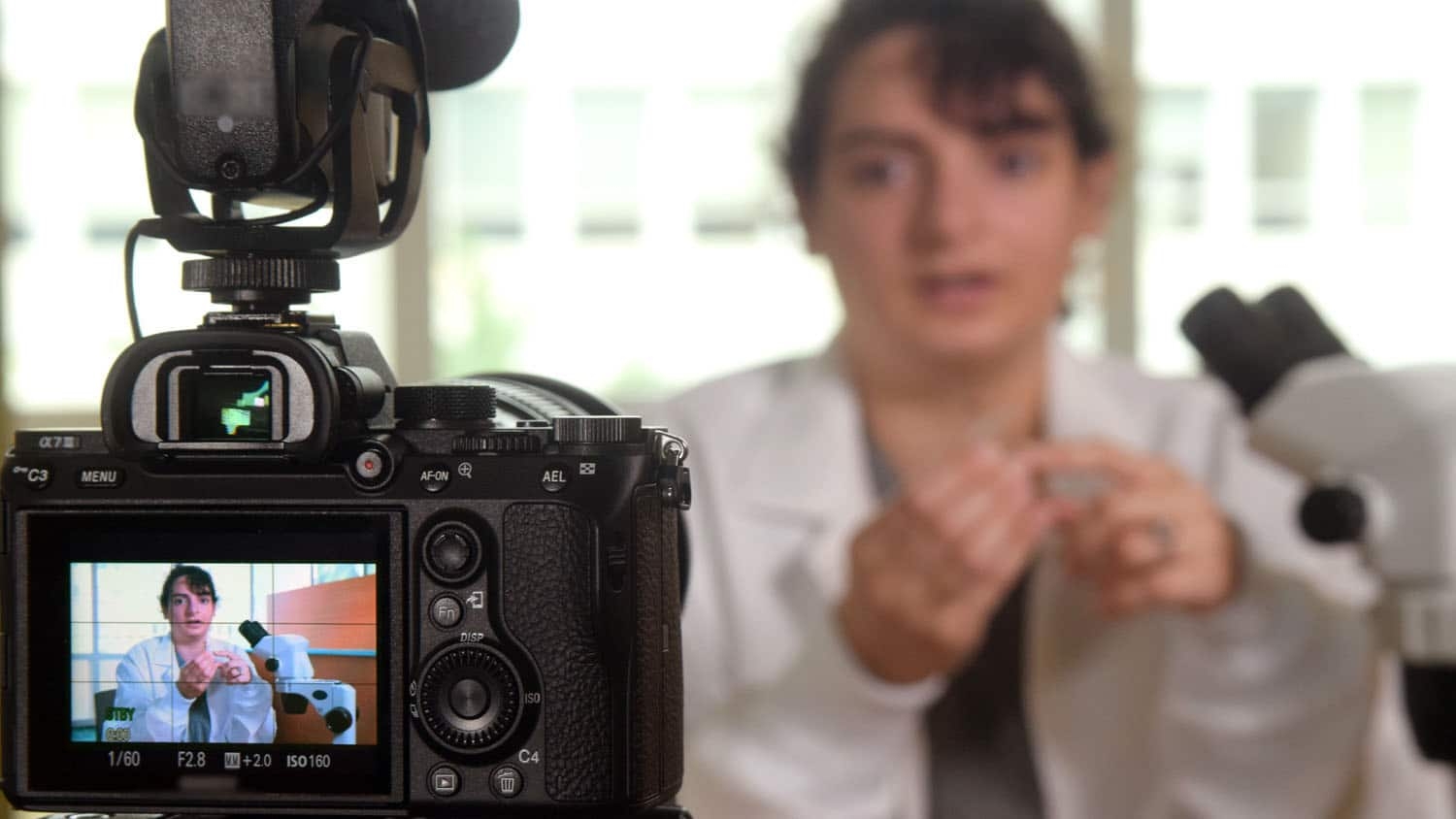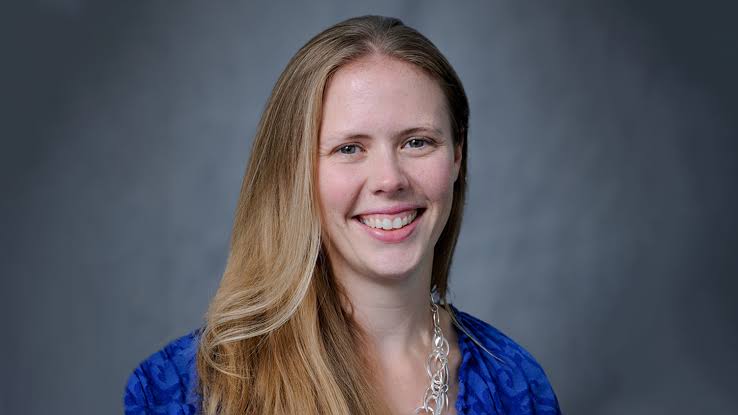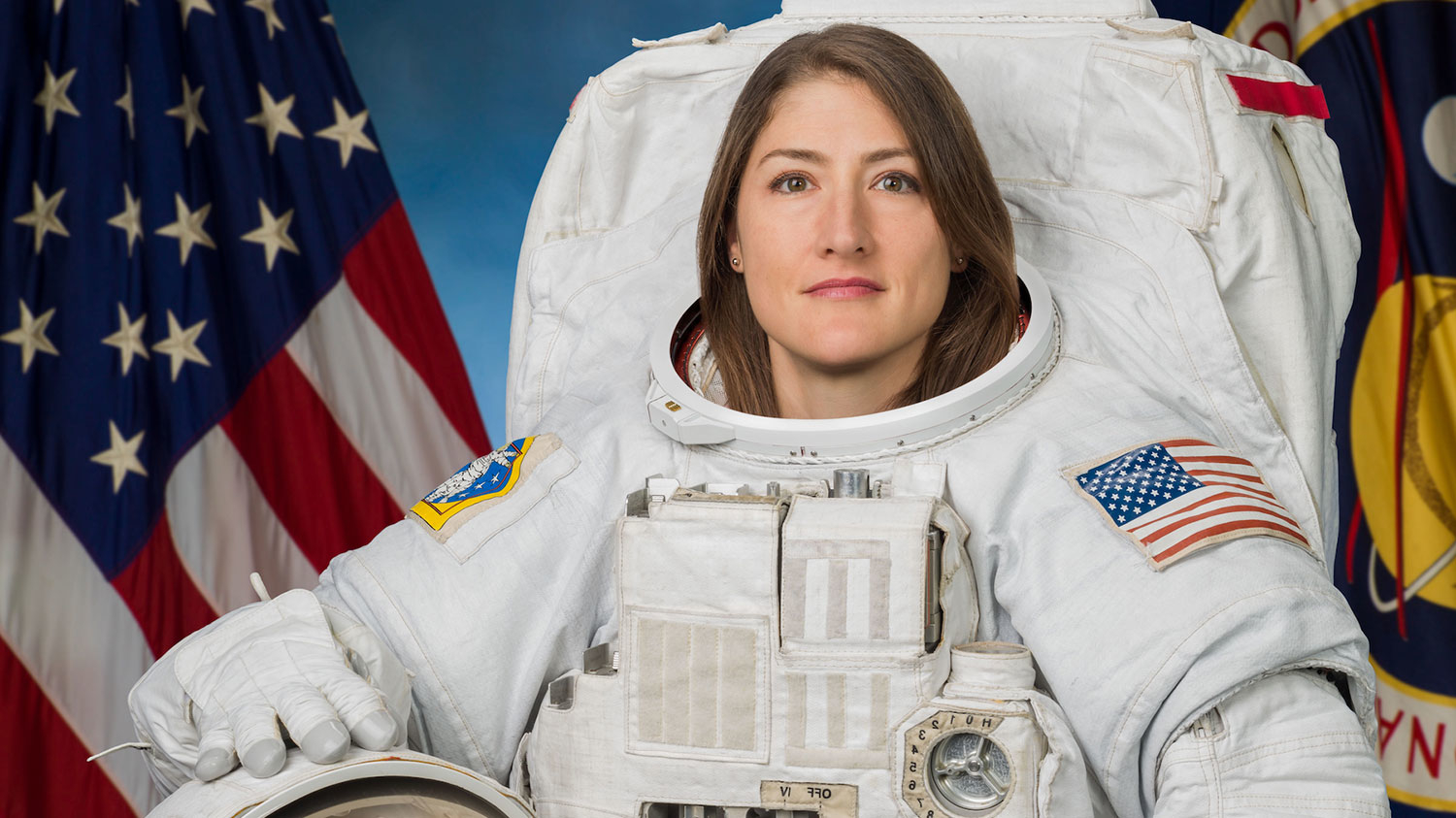Scientists Seen as Trustworthy Experts When Sharing Their Work in Online Videos

Any writer can tell you that who is narrating a story makes a significant difference to the audience. A new study finds that the same holds true for science videos, with viewers responding positively to researchers who present their own work, as compared to third-party presenters.
“We wanted to see how effective researchers could be at presenting their own work in science videos aimed at the public,” says Selina Ruzi, co-corresponding author of a paper on the work and a postdoctoral researcher at North Carolina State University. “We found that scientists seem to have an advantage when it comes to presenting their work.”
For the study, researchers enlisted 515 adults. Each study participant watched one of five different videos that the researchers created, telling a story of the discovery of a new ant species. One video featured a male researcher explaining his own work; one featured a female researcher explaining her work; one featured a male third-party presenter; one featured a female third-party presenter; and one video was presented in an infographic format with no presenter or audio narration.
After watching the video, participants completed a survey that asked them about the video, the presenter, and their views on science and scientists.
“Researcher-presenters were viewed as having more expertise than third-party presenters,” Ruzi says. “And researcher-presenters were seen as more trustworthy and having more expertise than the source of information in the no-spokesperson video.
“We also found that participants who saw researcher-presented videos were more likely than people who saw the other videos to phrase survey responses in a way that made it clear that a person had done the research, as opposed to using language that suggested the research was done in a vacuum. First-person accounts helped humanize the science.”
While researcher-presenters were seen as having more expertise than third-party narrators, the choice of presenter had no impact on how participants viewed the overall trustworthiness of the video or how much they enjoyed it. Nor did the presenter affect a participant’s views of scientists in general or funding for research.
“I think the finding here is fascinating, because we found that there were clear effects from what were actually very tiny differences between videos,” says Adrian Smith, co-corresponding author of the work and a research assistant professor of biological sciences at NC State. “The only real difference between the researcher videos and third-party videos were a few instances of speaking in the first person versus speaking in the third person.
“This tells me that scientists have an automatic leg up when it comes to reaching people via science videos. If we want to convey expertise and build trust, we have an advantage when we provide our own perspective and tell our own stories.”
“Many scientists are already making videos to communicate with other scientists,” Ruzi says. “But most of those scientists are not using language that can be understood by people outside of their discipline, or even their sub-discipline. If researchers use language that can be understood more broadly, they could reach a larger audience.”
From a practical standpoint, reaching a large audience can help researchers comply with public communication requirements in grant agreements – such as the “broader impacts” requirements included in grants from the National Science Foundation. Public outreach is also associated with increases in scholarly metrics.
“This doesn’t mean that all researchers have an obligation to engage in public communication efforts,” says Smith, who also heads the Evolutionary Biology & Behavior Research laboratory at the North Carolina Museum of Natural Sciences. “And there is clearly a need for professional science communicators.
“Rather, we think this research highlights an opportunity for scientists who are interested in public engagement efforts. And we think these findings could inform how professional communicators work with scientists to highlight their research.”
The study collaborators say there are two clear lines of research moving forward.
“For one thing, the videos in this experiment were about the discovery of an obscure species of ant that would be unimportant to viewers,” Ruzi says. “What happens when the subject matter is something that is immediately important or relevant to them? Something that affects their health or well-being?”
“It’s also worth exploring whether repeated exposure to more researchers presenting their work in the first person contribute over the long term to more positive views of scientists in general or to increased support for research funding,” says Smith.
The paper, “Testing How Different Narrative Perspectives Achieve Communication Objectives and Goals in Online Natural Science Videos,” is published in the journal PLOS ONE. The paper was co-authored by Nicole Lee of Arizona State University. The work was done with support from the National Science Foundation under grant 1906242.
-shipman-
Note to Editors: The study abstract follows.
“Testing How Different Narrative Perspectives Achieve Communication Objectives and Goals in Online Natural Science Videos”
Authors: Selina A. Ruzi, North Carolina State University; Nicole M. Lee, Arizona State University; and Adrian A. Smith, North Carolina State University and the North Carolina Museum of Natural Sciences
Published: Oct. 13, PLOS ONE
Abstract: Communication of science through online media has become a primary means of disseminating and connecting science with a public audience. However, online media can come in many forms and stories of scientific discovery can be told by many individuals. We tested whether the relationship of a spokesperson to the science story being told (i.e., the narrative perspective) influences how people react and respond to online science media. We created five video stimuli that fell into three treatments: a scientist presenting their own research (male or female), a third-party summarizing research (male or female), and an infographic-like video with no on-screen presenter. Each of these videos presented the same fabricated science story about the discovery of a new ant species (Formicidae). We used Qualtrics to administer and obtain survey responses from 515 participants (~100 per video). Participants were randomly assigned to one of the videos and after viewing the stimulus answered questions assessing their perceptions of the video (trustworthiness and enjoyment), the spokesperson (trustworthiness and competence), scientists in general (competence and warmth), and attitudes towards the research topic and funding. Participants were also asked to recall what they had seen and heard. We determined that when participants watched a video in which a scientist presented their own research, participants perceived the spokesperson as having more expertise than a third-party presenter, and as more trustworthy and having more expertise than the no-spokesperson stimuli. Viewing a scientist presenting their own work also humanized the research, with participants more often including a person in their answer to the recall question. Overall, manipulating the narrative perspective of the source of a single online video communication effort is effective at impacting immediate objective outcomes related to spokesperson perceptions, but whether those objectives can positively influence long-term goals requires more investigation.
This post was originally published in NC State News.


